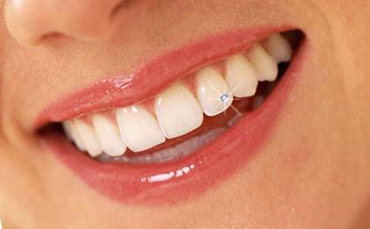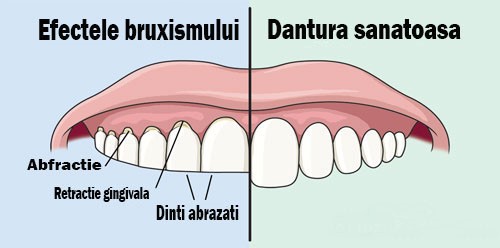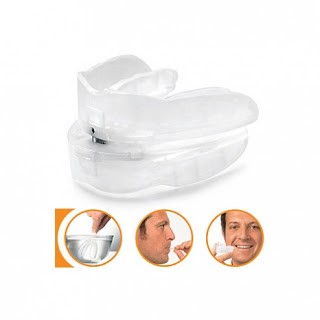
Fluoridation treatment plays a role in tooth decay injuries prevention intervening in remineralization of early lesions.
Fluoride administered directly on the teeth contributes to the posteruptive maturation of enamel and remineralization after acid attacks. Fluoride can lower saliva viscosity and thus reduce the formation of bacterial plaque.
Controlled use of fluorine has shown that in the present it's the only known micro-nutrient that has an important role in tooth decay prevention. Dental office fluoridation is a local one and consists in application of fluorine in varnish or gel form directly on the teeth surface. Drugs used for fluoridation in the dental office contain a much higher concentration of fluoride than that of toothpaste or mouthwash.
Fluoride treatment is performed only after dental surfaces have been properly sanitized by scaling and professional toothbrushing.
Fluoridation-who is it recommended for?
• each child-under 4 years a fluoride varnish is applied and for those over 4 years old - fluoride gels;
• children with high risk for caries and those with dental dystrophies;
• to bearers of dental devices;
• in certain diseases that cause lower salivary flow.
What to do after fluoridation?
The child must not rinse or consume food and liquids for at least 30 minutes to allow the tooth to absorb fluoride, helping to repair microscopic carious lesions.
Depending on the status of oral health it's recommended to return with the child for a fluoridation once every 3, 6 or 12 months.
The beneficial effects of fluoridation are maintained for long if the child brushes his teeth after every meal and protects them between meals from the ill effects of unhealthy foods-sweetened beverages, soft drinks, sweets, candies etc.




